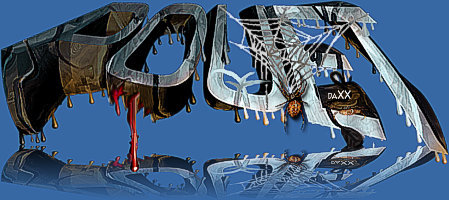|
plattenbau 3000 avx by Kuemmel [web]
[nfo]
|
||||||||||||||
|---|---|---|---|---|---|---|---|---|---|---|---|---|---|---|

|
|
|||||||||||||
|
popularity : 50% |
|||||||||||||
alltime top: #23932 |
|
|||||||||||||
| added on the 2023-10-01 09:31:24 by Kuemmel |
||||||||||||||
popularity helper
comments
tech i have no clue about thumbs
Cool stuff.
Cool and updated tech
yes
#progress
Thumbs up for doing and publishing research.
Somewhat unrelated: have you ever thought about targeting MenuetOS? It'd give you some SVGA stuff and multithreading, but it's been 64 bits only for years...
Somewhat unrelated: have you ever thought about targeting MenuetOS? It'd give you some SVGA stuff and multithreading, but it's been 64 bits only for years...
great experiment/tech
...and according to the nfo, aptly named! :)
Uh, it's like 20 years ago I've tinkered with it. I'm the author of C4.
Your best bet are
As you can see from the hello world application (http://www.menuetos.net/e64.asm) the binary format is really simple. 64 bit binaries have a 60 byte header, 32 bit binaries a 32 byte header.
You interact with the OS using a software interrupt.
The archives with the application sources contain a port of tube (yes, that tube). The binaries are over 500 bytes, not sure why, but the sources would tell you how to do animations. It seems like you'd render to an offscreen buffer and then blit to screen using system call 7.
I cannot point you to an example, but the system call list indicates that it is possible to switch the video mode and to somehow do fullscreen rendering.
On second thought I'm not sure how useful it really is. Maybe for larger intros (1k?) and for its multithreading capabilities, but these don't seem well-documented.
Your best bet are
- The example applications from http://www.menuetos.net/docs.htm
- The 32 bit application sources from http://www.menuetos.net/M32.htm (A086B.ZIP)
- The 32 and 64 bit application sources from http://www.menuetos.net/64bit.htm
- The 32 bit system call list: http://www.menuetos.net/sysfuncs.txt
- The 64 bit system call list: http://www.menuetos.net/syscalls.txt
As you can see from the hello world application (http://www.menuetos.net/e64.asm) the binary format is really simple. 64 bit binaries have a 60 byte header, 32 bit binaries a 32 byte header.
You interact with the OS using a software interrupt.
The archives with the application sources contain a port of tube (yes, that tube). The binaries are over 500 bytes, not sure why, but the sources would tell you how to do animations. It seems like you'd render to an offscreen buffer and then blit to screen using system call 7.
I cannot point you to an example, but the system call list indicates that it is possible to switch the video mode and to somehow do fullscreen rendering.
On second thought I'm not sure how useful it really is. Maybe for larger intros (1k?) and for its multithreading capabilities, but these don't seem well-documented.
Nice!
submit changes
if this prod is a fake, some info is false or the download link is broken,
do not post about it in the comments, it will get lost.
instead, click here !

AVX roughly offers double the speed so I used it for double the depth. Check out the extra folder for further (>256 Bytes) speed optimisation possibilities with AVX. It really pays off!
Video is here